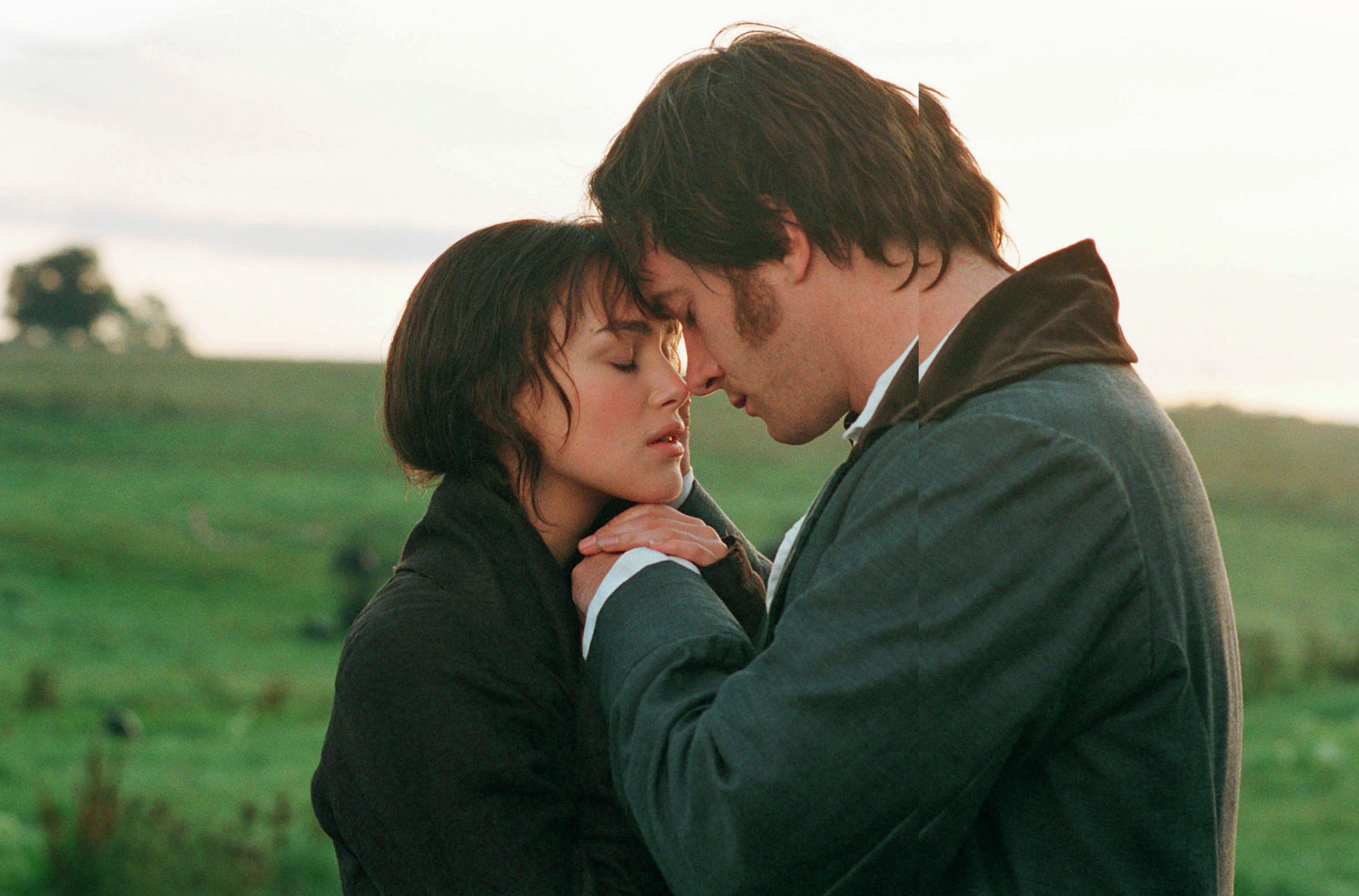
Non-exam assessment: awareness of context and interpretations
Jane Austen’s Pride and Prejudice begins with the mothers of Meryton all desperate to acquire something new on the market that’s valuable, scarce and in great demand — ‘a single man in possession of a good fortune’ (p. 13). Mrs Bennet’s eagerness to gain a tactical advantage over her rival Lady Lucas by procuring an early introduction to Mr Bingley exemplifies the economic law of supply and demand. She rushes to invest in what looks like a rising market for fear of missing out and thereby condemning her daughters to a financially precarious future. As financial journalist Michael Sidwell put it when Jane Austen was chosen to feature on the £10 banknote:
Your organisation does not have access to this article.
Sign up today to give your students the edge they need to achieve their best grades with subject expertise
Subscribe




